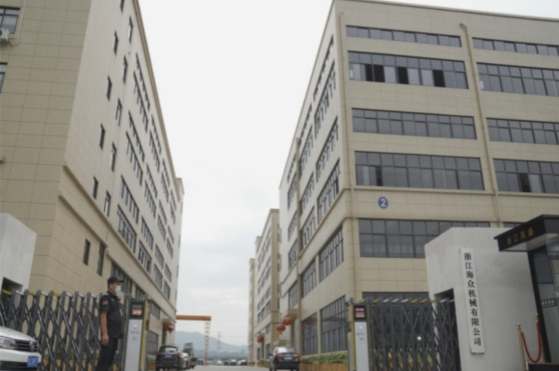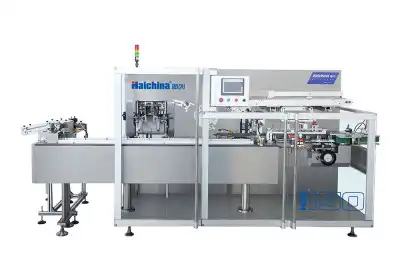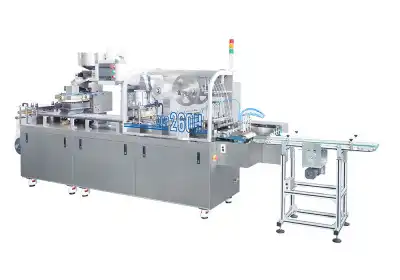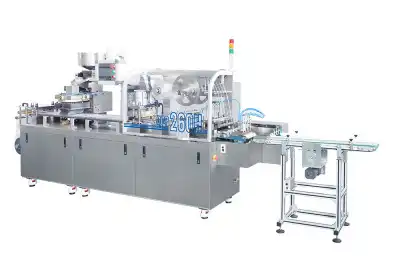The Evolution and Importance of Medication Strip Packaging
Historical Development of Pharmaceutical Packaging
The journey of pharmaceutical packaging has been a remarkable one, evolving from simple glass bottles to sophisticated strip packaging systems. In the early days, medications were often dispensed in bulk, leaving patients to manage their own dosages. This approach was prone to errors and contamination. As the pharmaceutical industry progressed, so did the need for more precise and hygienic packaging solutions.
Advantages of Strip Packaging in Modern Pharmaceuticals
Strip packaging has emerged as a game-changer in the pharmaceutical industry. It offers numerous benefits, including enhanced product protection, improved patient compliance, and extended shelf life. Each tablet is individually sealed, safeguarding it from environmental factors such as moisture, light, and air. This packaging method also facilitates easy dose management, reducing the risk of medication errors.
Impact on Patient Compliance and Safety
One of the most significant advantages of medication strip packaging is its positive impact on patient compliance. The clear, organized format of strip packs makes it easier for patients to follow their prescribed regimen. Each dose is typically labeled with the medication name and dosage instructions, minimizing confusion and enhancing safety. This level of clarity is particularly beneficial for elderly patients or those on multiple medications.
Components and Functionality of a Pharmaceutical Strip Packing Line
Key Elements of the Packing Line
A standard pharmaceutical strip packing line is composed of multiple integrated components that operate in a coordinated sequence to ensure smooth and accurate packaging. The process starts with a tablet feeding system that dispenses the correct number of tablets into pre-formed foil cavities. Next, a foil feeding mechanism delivers upper and lower layers of packaging material into the sealing unit, which uses heat and pressure to create hermetic seals. Finally, a precision cutting station trims the sealed foil into individual strips or unit-dose formats.

Technology Behind Precise Tablet Dispensing
Accurate tablet placement is critical for dose integrity and consumer safety, making tablet dispensing technology the core of any medication strip packaging strip packing line. Advanced systems use high-speed cameras, optical sensors, and synchronized actuators to control the timing and position of each tablet. Some modern machines feature machine learning algorithms or AI modules that adapt dispensing parameters in real time, compensating for variations in tablet thickness, hardness, or geometry—thus ensuring both efficiency and packaging consistency in high-volume production environments.

Quality Control Measures in Strip Packaging
To uphold strict regulatory standards, modern strip packing lines are equipped with multiple layers of quality control systems. These include automated vision inspection units that detect defects such as broken, misaligned, or missing tablets. Additional modules may perform in-line weight checks and seal integrity verification using pressure or vacuum-based methods. For traceability and compliance, serialization and track-and-trace systems are also embedded, allowing manufacturers to trace every strip back through the supply chain and prevent counterfeiting or recall issues.

Innovations and Future Trends in Pharmaceutical Strip Packaging
Sustainability in Packaging Materials
Growing awareness of environmental sustainability has led the pharmaceutical industry to prioritize eco-friendly alternatives in strip packaging. Researchers and manufacturers are increasingly developing recyclable films, biodegradable substrates, and plant-based plastics that meet pharmaceutical-grade protection standards. Compostable foils and water-soluble materials are also under evaluation, offering reduced environmental impact without compromising barrier properties. These innovations aim to support global sustainability goals while maintaining the critical requirements for drug safety, stability, and shelf life in strip-packaged medications.
Integration of Smart Packaging Technologies
The incorporation of smart technology into medication strip packaging and pharmaceutical strip packaging is rapidly transforming patient engagement and healthcare delivery. Packaging equipped with NFC chips enables users to scan medication packs with smartphones to access digital leaflets, dosing reminders, and multilingual instructions. In more advanced applications, embedded micro-sensors can monitor when a dose is removed, transmitting data to healthcare providers or digital health apps. These technologies enhance patient adherence, reduce medication errors, and enable data-driven care strategies across remote and in-clinic settings.
Advancements in Customization and Personalization
As personalized medicine becomes more prevalent, strip packaging systems are evolving to accommodate complex, individualized treatment plans. Next-generation machinery is being designed for agile production, capable of handling varying dosages, tablet shapes, and packaging formats within the same line. This adaptability supports rapid product switching and small-batch manufacturing, which are essential for clinical trials, specialty medications, or tailored regimens. Customization not only improves therapeutic precision but also streamlines pharmacy operations by reducing manual repackaging and improving patient convenience.
Conclusion
The pharmaceutical strip packing line for tablets represents a significant advancement in medication strip packaging and medication packaging technology. Its ability to enhance product protection, improve patient compliance, and streamline manufacturing processes makes it an invaluable asset in the pharmaceutical industry. As we look to the future, continued innovations in materials, smart technology integration, and personalization capabilities promise to further revolutionize how we package and consume medications, ultimately leading to better health outcomes and a more sustainable pharmaceutical ecosystem.
Contact Us
For more information about our pharmaceutical packaging solutions, including our state-of-the-art strip packing lines, please contact us at [email protected]. Our team of experts is ready to help you optimize your pharmaceutical packaging processes and meet the evolving demands of the industry.





